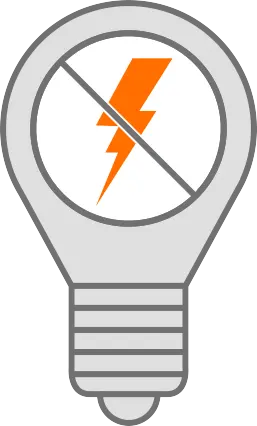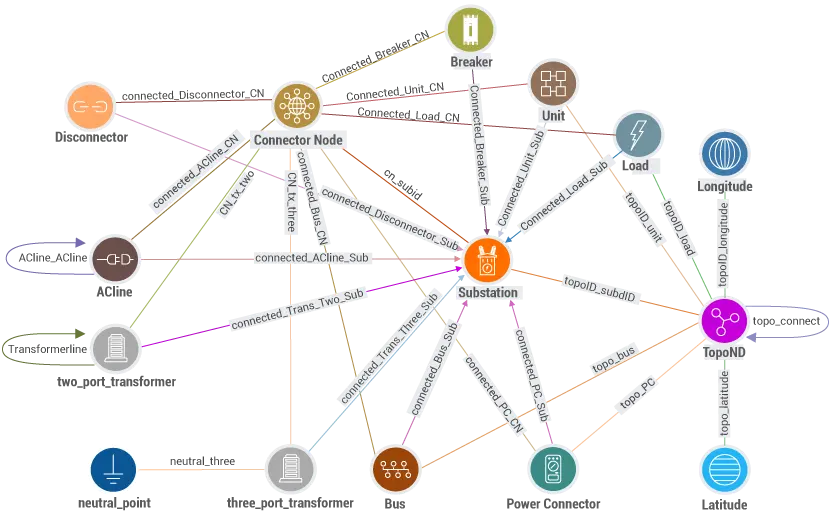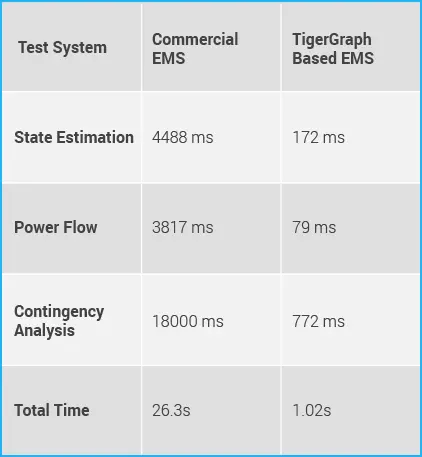Energy System Management and Analytics
Manage Energy Network Performance With TigerGraph

The Demands on Energy Networks Are Increasing
The world’s energy needs are growing at a steady pace. The global energy consumption increased by 2.2% in 2017, the fastest growth since 2013. The economic impact of a power outage is massive, with eight key U.S. market segments studied by energy consultant E Source losing about $27 billion per year due to power outages. Now, more than ever, all power grid operators need faster energy management systems to balance and even out the spikes in demand or drops in supply to minimize the impact of outages.


Legacy Systems Are Insufficient at Balancing Supply and Demand
The vast majority of grid monitoring systems are many decades old and the tools used to monitor them provide only limited visibility. Many utility companies, therefore, are hindered in their ability to plan, optimize, and respond to dynamic demand and supply changes. This results in increased operational risks, higher costs, and outages.
Some companies have tried to employ traditional business intelligence technologies to address the problem. Most power systems are modeled using relational databases in a collection of interlinked tables. As different components of power systems are stored in separate tables, they need to be linked together using shared key values to model the connectivity and topology of the power system. Connecting or linking across separate tables typically takes about 25% of the processing time for power flow calculation and 35% for power grid state estimation.
With the data size and complexity of modern power grids, traditional energy management systems based on relational databases are slow, expensive, and generally incapable of analyzing the massive quantity and complexity of energy and utilities data.
Why TigerGraph a Native Parallel Graph Database for Energy Management System?

Monitor Internet of Things Data Using Graph Analytics
From meter readings to information from network sensors, utility companies are being flooded with data – a typical network can contain as many as 10 billion devices, each one providing minute-by-minute updates.
Balancing a power grid requires consolidating signals from multiple levels of the power infrastructure and matching demand and supply with complex linear equations, which is deep link analytics taken to the extreme. Using TigerGraph to process all of their power grid data, network operators can respond immediately to sudden spikes in demand or drops in supply, thus reducing operational risk and operating costs while improving reliability, efficiency, and customer experience.
Balance Supply and Demand Using Graph Analytics
Creating a faster-than-real-time Energy Management System (EMS) has been the holy grail for the power industry. Such a system must be able to identify mismatches between the power demand and supply, lower the power consumption for non-critical parts of the grid, divert the power to higher priority areas for industrial output and national security, and be able to accomplish all of this in a few seconds. A faster-than-real-time energy management system must be capable of completing execution within a Supervisory Control And Data Acquisition sample cycle which is, typically, five5 seconds.
The standard approach for solving large-scale linear equations for power management requires bulky, time-intensive matrix operations. Modeling a power system as a graph represents connections and topology more naturally. No data preparation is needed, cutting 25-35% of the generally required time for power flow calculation and state estimation. Bus ordering and admittance graph formation are performed with all graph nodes processing in parallel. Core calculations are all conducted on the graph, and solved values are stored as attributes of vertices and edges of the graph – rather than unknown variables in the vector or matrix.
Using TigerGraph, solved values are stored as attributes of vertices and edges on a graph – forgoing the need for a mapping process. Output visualization takes about 70% of total time for power flow calculation, and 28% for state estimation when using the conventional approach. That portion of the time is eliminated using TigerGraph’s graph analytics.


